Gallery
Keeping the blood bank stocked
Institutions around the country have been floundering in the wake of the Covid-19 pandemic, and the National Blood Centre in Titiwangsa, Kuala Lumpur, is no exception. On several occasions, it has had enough supply to last only a few days as the virus and health measures put in place to control the spread of infection keep would-be donors at home.
Djohan Shahrin
2 minute read
Share
- Advertisement -
Just In
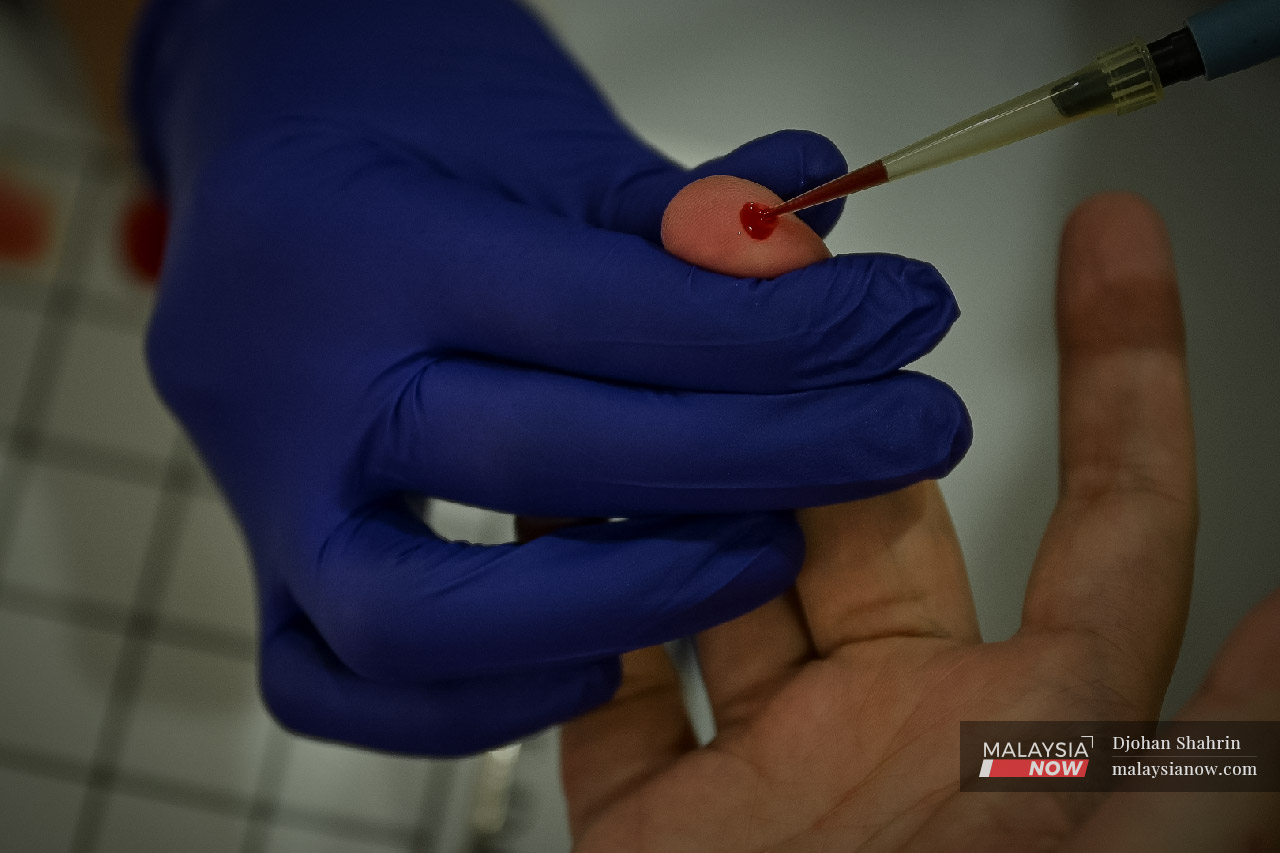



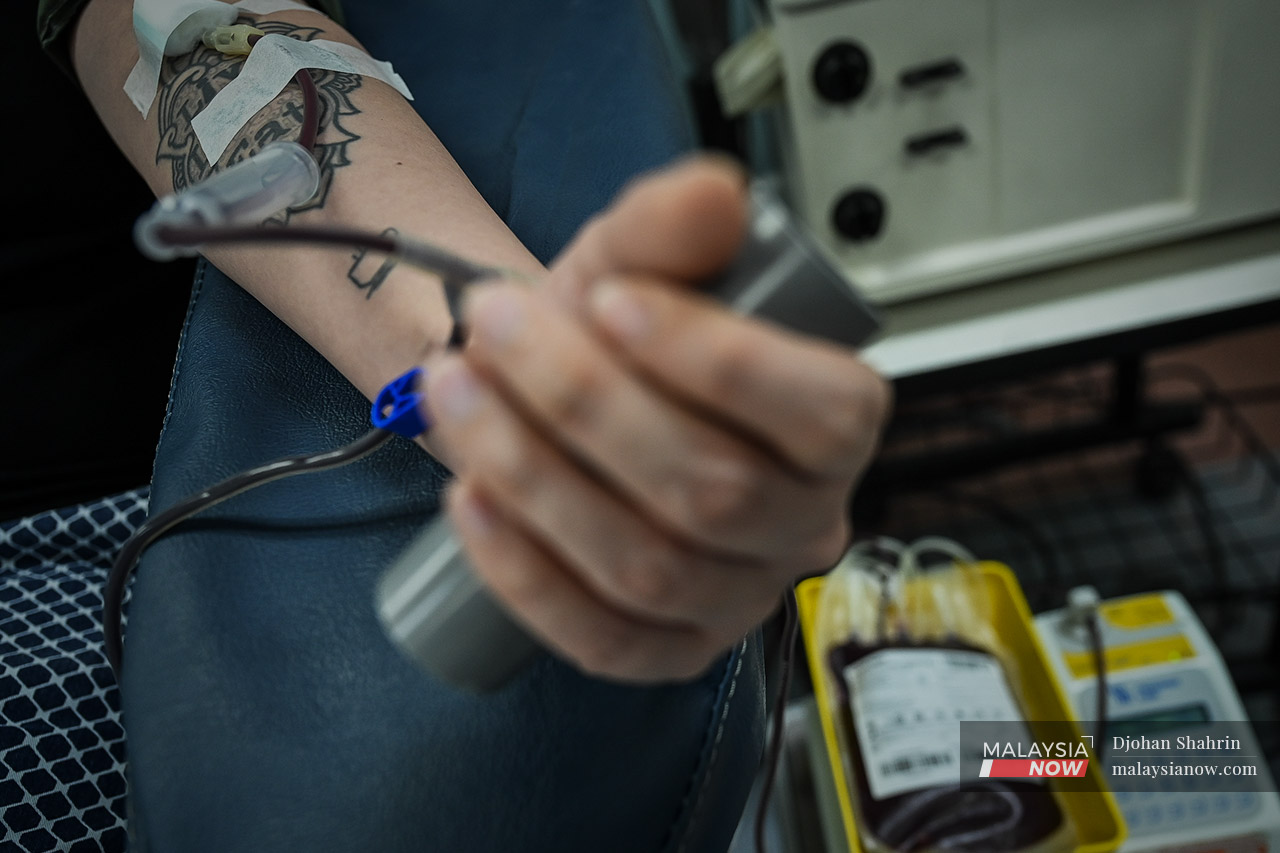


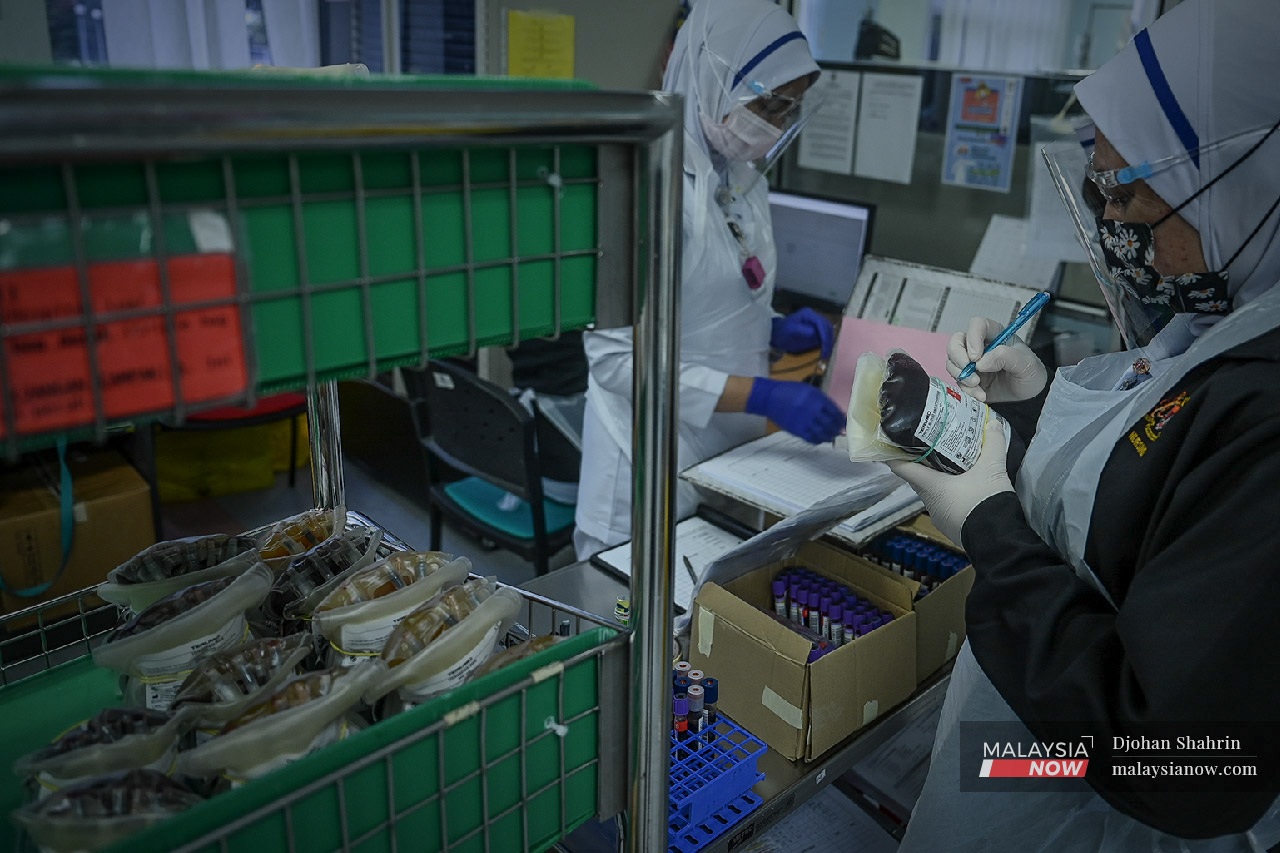






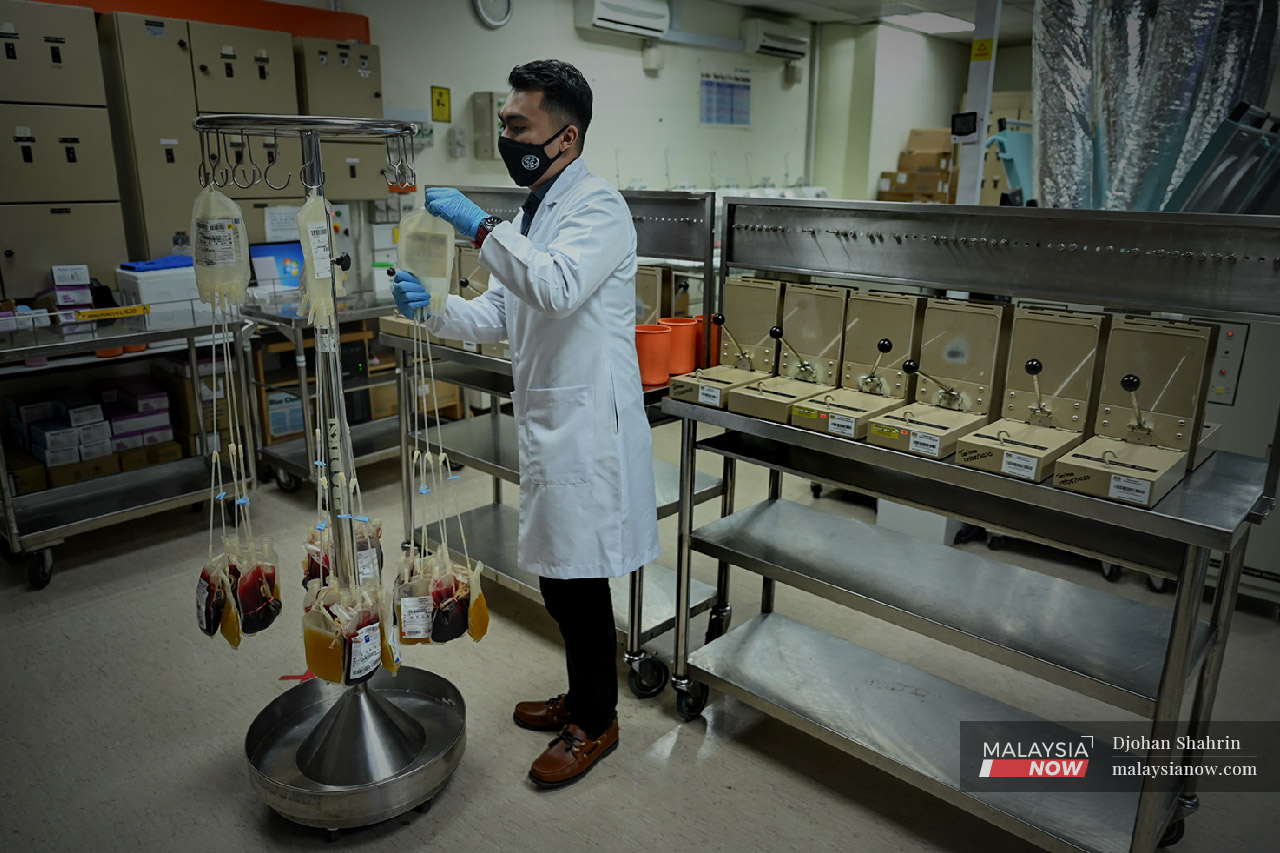

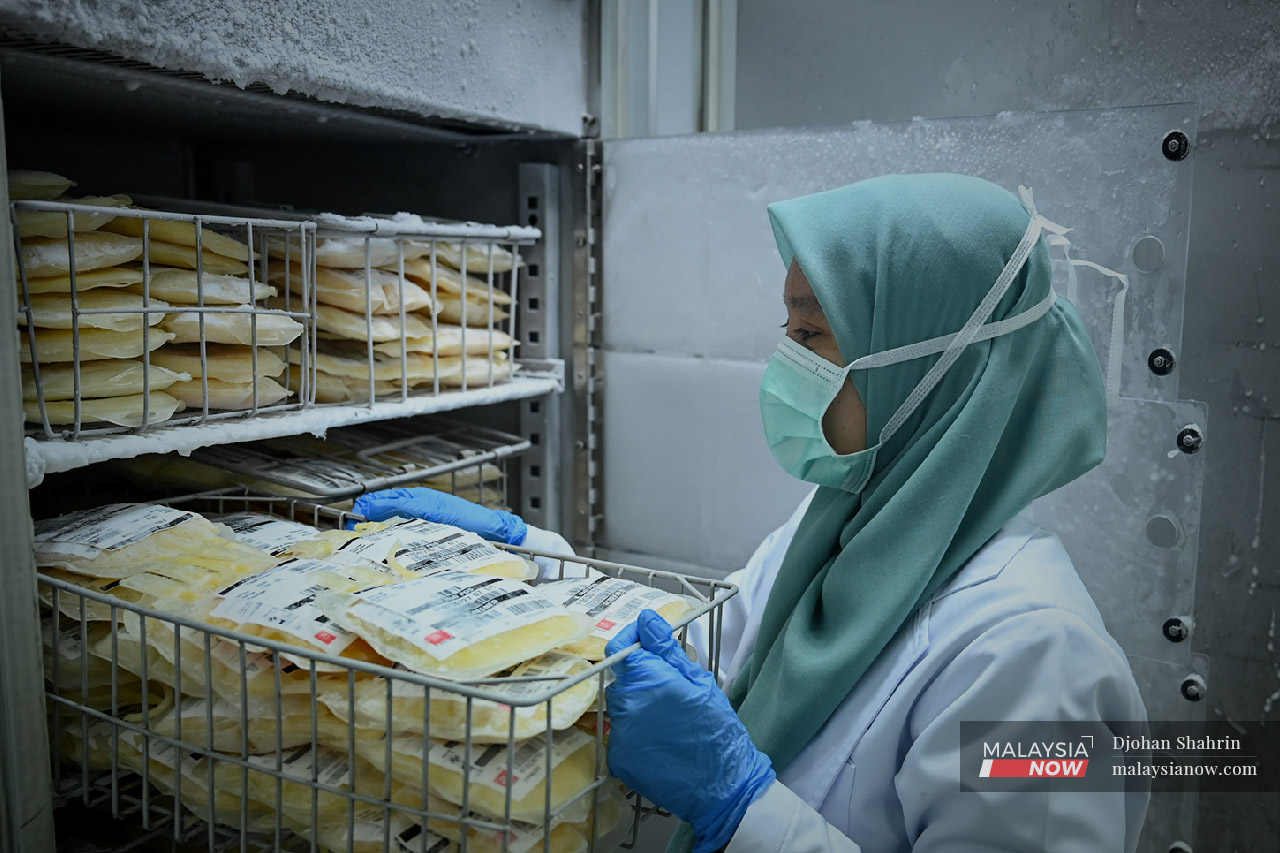

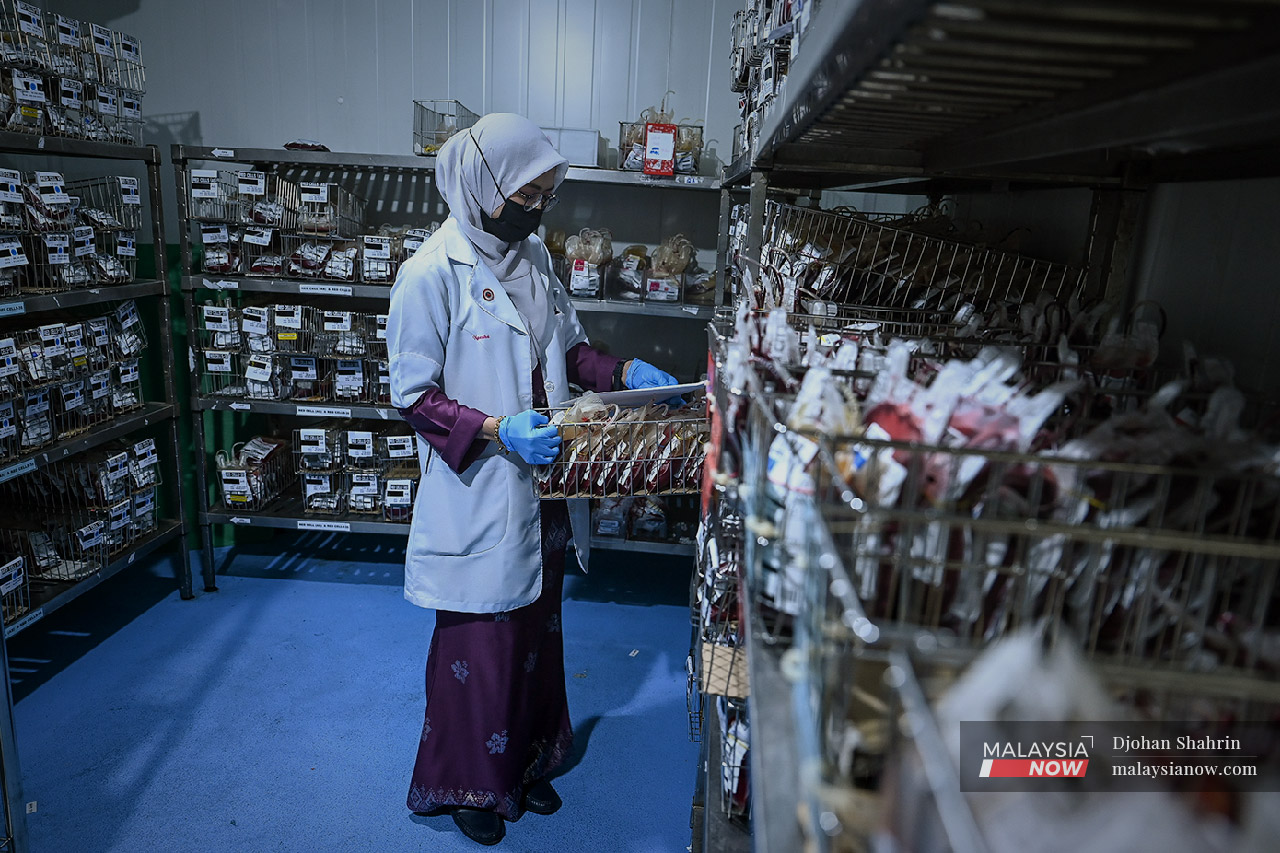

Subscribe to our newsletter
To be updated with all the latest news and analyses daily.
Share

